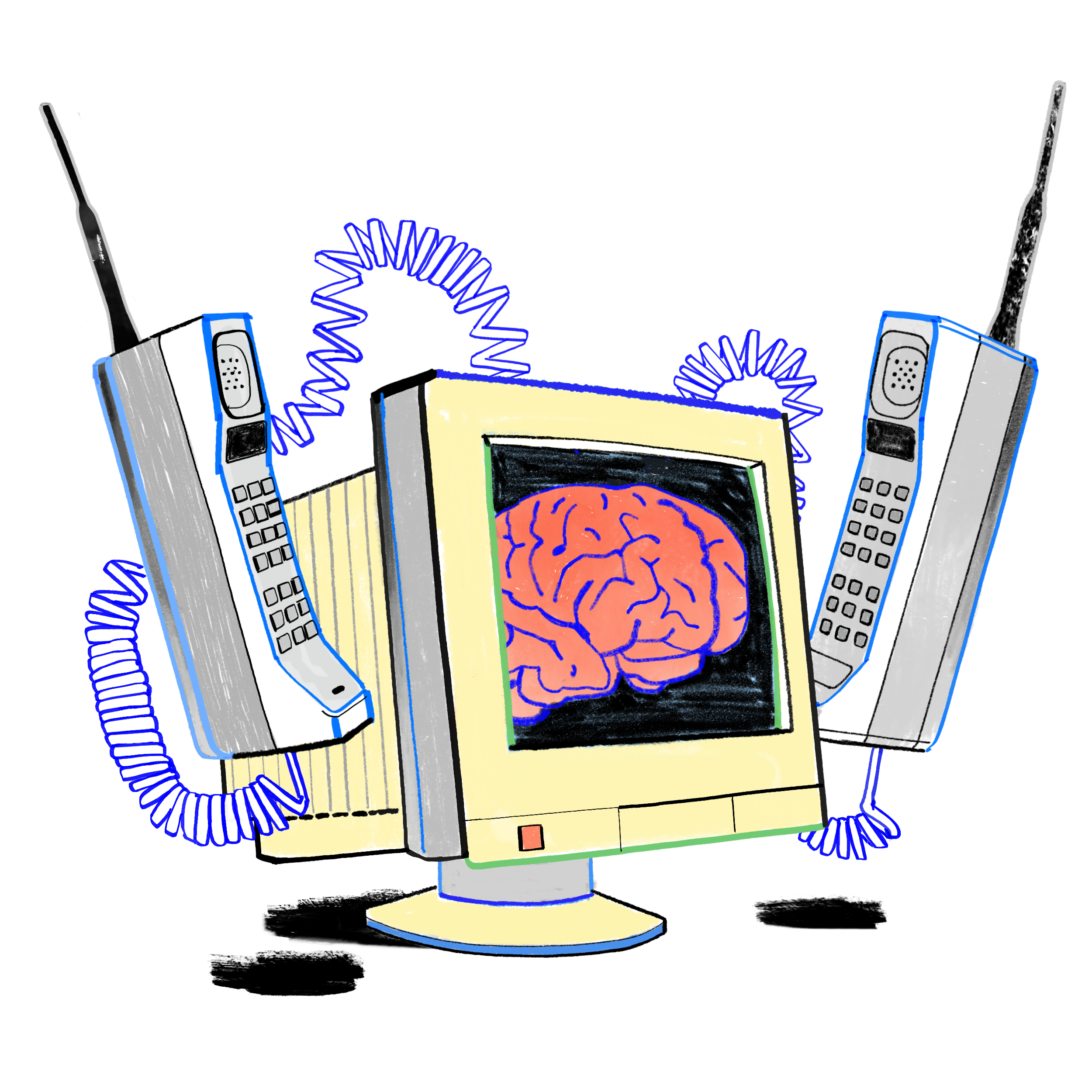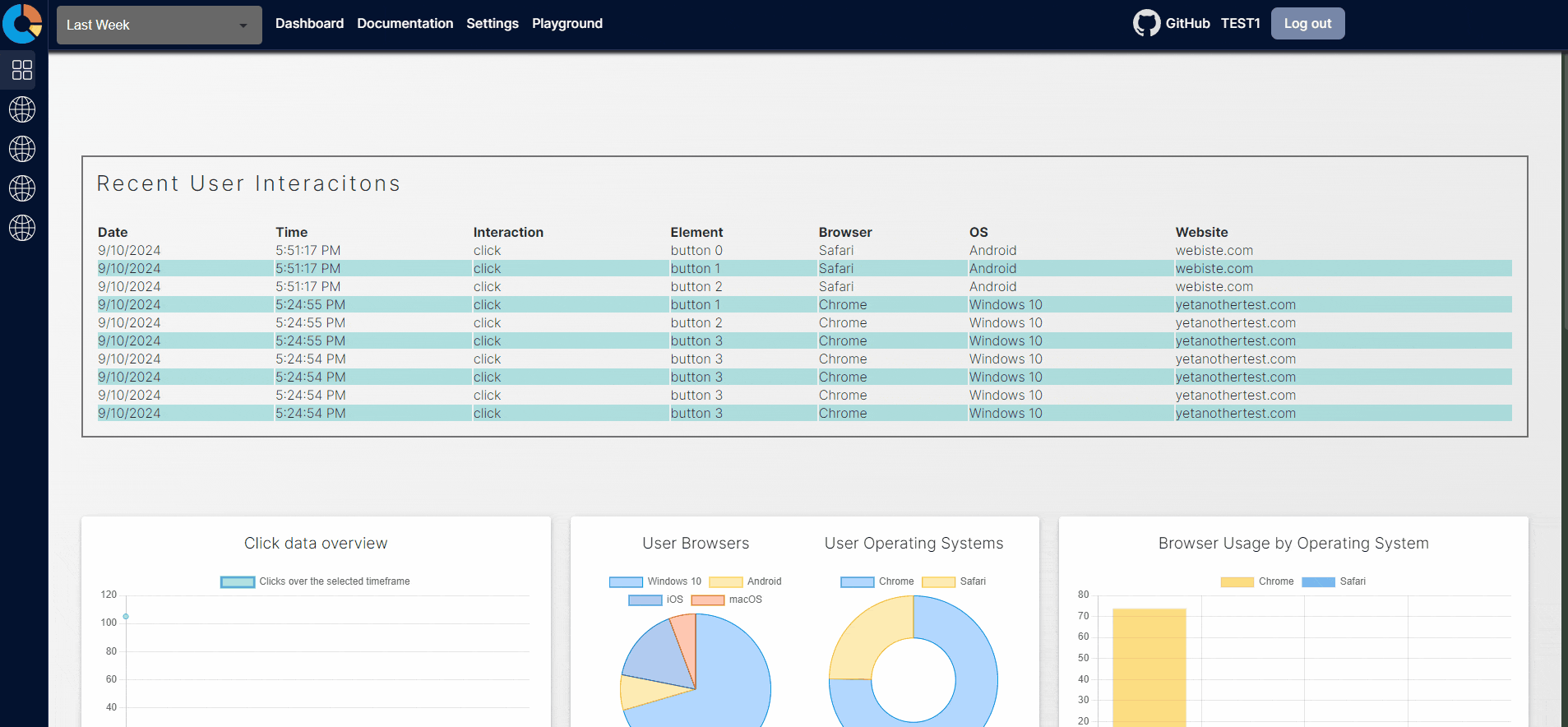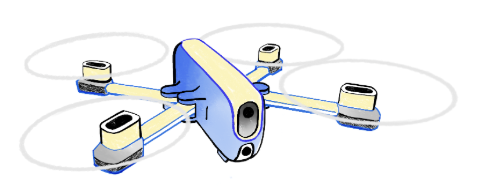From Criminal Justice to AI Developer: David’s Journey Through Codesmith’s Software Engineering Immersive

.png)

.png)
We at Codesmith cultivate technologists who are at the intersection of society and tech, able to meet this moment and thrive in an ever-changing world. Ready to become a modern software engineer?
David didn’t imagine he'd be debugging algorithms while studying criminal justice at John Jay College in Manhattan. After graduating he worked mainly on police topics, lots of papers, with some law here and there.
Then his friend showed him some programming projects.
"When I saw what technology can do and how the things you build impact people, that really intrigued me," David says. Although his mind was made up on transitioning to tech, the shift wasn't instant. While he had ideas for products, when he really started learning to code, he became completely lost and the ideas disappeared.
“I wanted to build tools, but I didn't know anything about frontend or backend. I didn't even know what the difference was.”

That's when David found Codesmith.
He heard about the Software Engineering + AI/ML Immersive, a program designed to train engineers in fullstack development and practical AI integration, and decided to throw himself into it.
Unfortunately, he failed the technical interview the first time around—although this is very common amongst Codesmith’s residents, including AITL instructor and Microsoft engineer Will Kencel and McGraw Hill engineer Sean Kelly who both took three shots to pass the rigorous admissions test.
And while many might have given up, David saw this as a positive challenge.
"It made me even more excited about studying and passing. So I studied a lot harder and I went again and I passed."
He ended up doing the full time Software Engineering Immersive, graduating in August 2024.
"The most challenging aspect of the program was how fast everything went, the speed at which you're learning different topics and having to apply them."
Despite his earlier struggles with frontend and backend, it was the connection between the two that was the easiest concept for him to wrap his mind around on the program.
"It was very logical in the way. Like you send a request, you get a response. It became very easy to connect the dots in my head."
For someone with a criminal justice background, the cause-and-effect relationship was one he realised he was familiar with, just in a different setting. Residents' multidisciplinary approach to software engineering as they sit at the intersection of different fields when entering tech, is often what sets them apart, allowing them to tackle problems uniquely as they bring different perspectives and thinking skills to coding.

Codesmith's OSP project phase starts with ideation week where engineering teams of around four brainstorm and pitch ideas to figure out what they can actually build in the time they have.
David's team’s first idea was a React debugging tool for tracking duplicate hooks. But after some careful thought they instead landed on OS Analytics.
They talked about MVP scope, what could be added later, how to iterate if they finished early. "That was essentially the main reason we came to an agreement that with all those points, it made the most sense to build this."
David describes it as similar to Google Analytics, but free and built from scratch. Users integrate an API into their codebase, click data gets tracked, everything flows into a database, then users log into a dashboard to see what's happening on their site.

With each member of the team assuming responsibility for separate parts of the product, it was David who took on the AI integration - the part that would analyze all that click data and generate actual insights. Not just aesthetic charts, but meaningful intelligence about user behavior.
The first problem he encountered was which AI model to use. OpenAI was expensive per token and Gemini wasn't quite there yet. So David went with Bedrock and their Titan language model.

But then came the real challenge.
"You can run into a scenario where the user has a lot of data and you can't just send a thousand rows of data to an AI, or else you're going to pass the token limit and it could become expensive."
Token limits are essentially how much data you can send to an AI before it cuts you off.
Meaning David needed to solve two problems: accuracy and cost. His solution was to build an aggregation algorithm that compresses large datasets before sending them to Bedrock for processing.
Instead of sending 1,000 individual data points, his algorithm would crunch them down into digestible summaries that still maintained the essential patterns. The AI gets the information it needs, while the costs stay reasonable, and accuracy isn’t compromised.

They ran out of time before they could write formal test code, as often happens. So David went manual. He created mock data in the database, did the calculations by hand, then fed the same data to his AI system to make sure the results matched.
"I manually did the calculations myself to make sure I had what was correct on paper. And then I processed it to the AI to make sure it also had the same result as me."
David owned the AI backend, but his teammates handled crucial pieces too. Google OAuth authentication, AWS EC2 deployment, Puppeteer integration for heat map generation, plus frontend design work.
The finished product could track individual routes, not just aggregate website data. So if you wanted to see how users behaved on your checkout page versus your homepage, OS Analytics could break that down and generate AI insights for each section.

After David graduated, he entered a competitive job market - but one where demand for AI-skilled software engineers is booming. Thanks to the AI experience gained at Codesmith he kept building, creating two more AI-integrated tools since graduating.
The first, teskro.com, generates practice exams for various certifications, like AWS Cloud Practitioner for example. Users feed it a description and it creates custom tests. The AI tracks where you're struggling and generates more questions in those weak areas and includes logic to prevent duplicate questions.
He also built a backend-focused local CLI tool that combines multiple AI agents to analyze SQL databases, using Python and OpenAI's newest SDK, while maintaining context across sessions, so it remembers previous analysis iterations.
"I'm seeing a lot of job posts looking for someone who can incorporate AI into their organization," David notes. Despite a brutal hiring market, AI roles are expanding 3.6x quicker than any other industry.
Browse any job board and AI integration skills are everywhere. Companies across all industries are actively looking to hire developers who can thoughtfully implement AI features, but also have the foresight to understand where resources should be invested into AI tools, and how they can best be wielded to drive impact within the organization.
Ready to transition into AI-driven software engineering? Explore Codesmith’s Software Engineering + AI/ML Immersive Program and start building real-world AI applications like David.
Already a developer? Level up your AI skills with our AI & ML Technical Leadership Program — and become a leader in the future of tech.


Explore CS Prep further in our beginner-friendly program.
Get more free resources and access to coding events every 2 weeks.

Connect with one of our graduates/recruiters.

Our graduates/recruiters work at:

Rory brings his background as a journalist to Codesmith where he produces video and written content.

Connect with one of our recruiters to learn about their journeys.
Our graduates/recruiters work at: